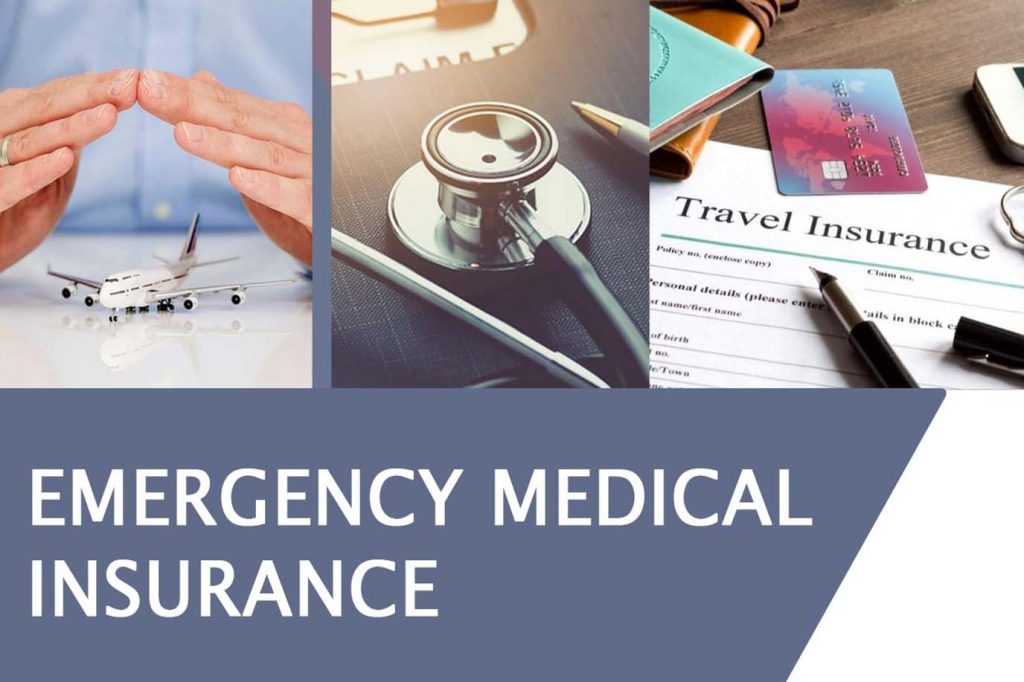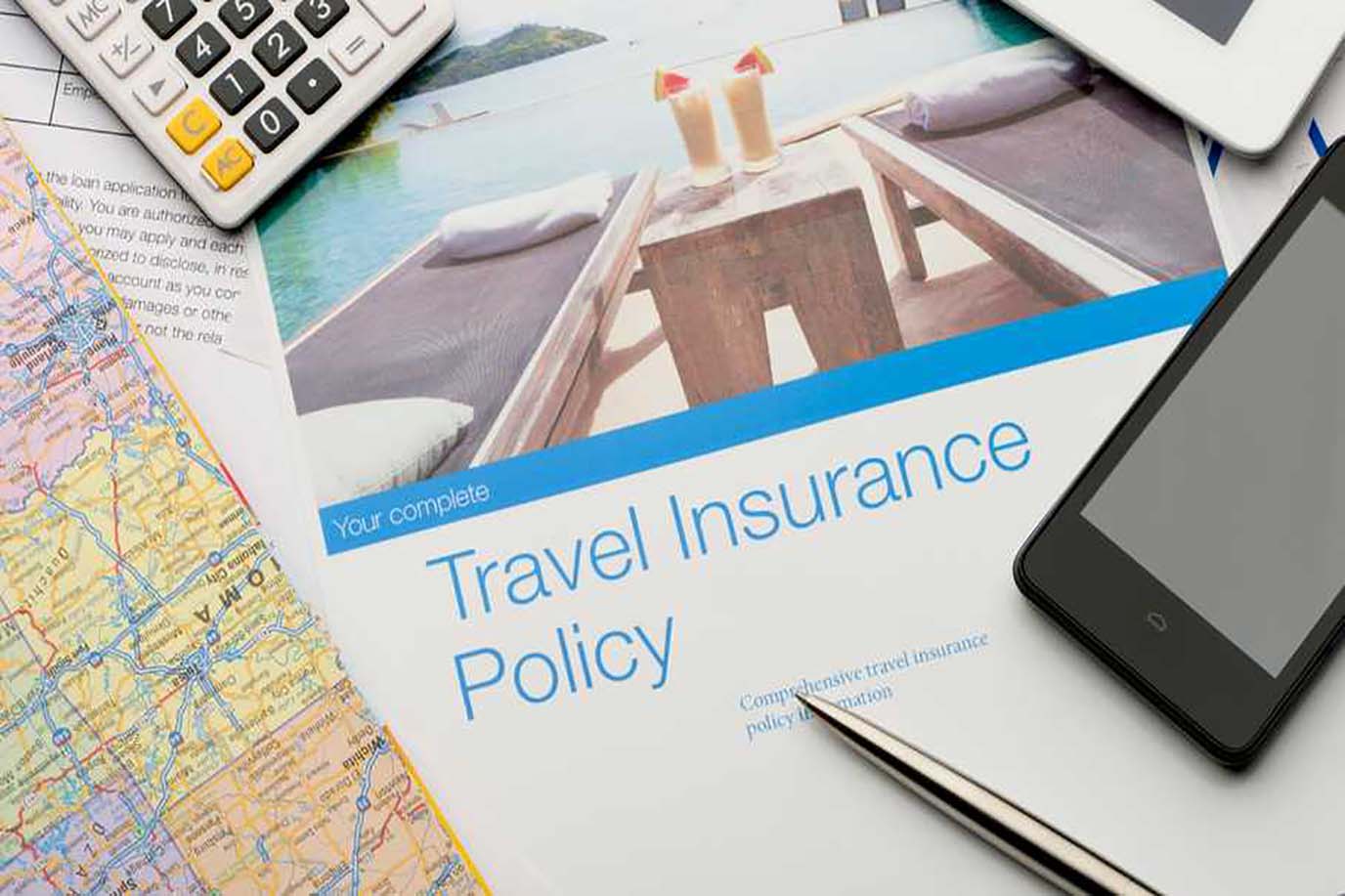I didn’t think much about travel insurance the first time I went to Portland. I was younger, a bit reckless, and so focused on what to eat, where to stay, and what scenic hikes to conquer, that the thought of getting hurt—or sick—barely crossed my mind. But that changed dramatically one chilly November afternoon in Forest Park when I slipped on a wet wooden step during a trail walk, twisted my ankle badly, and ended up in an urgent care clinic in Northwest Portland with a hefty bill and a sobering realization: medical emergencies don’t care how organized your Google itinerary is.
Since then, I’ve made insurance part of my pre-trip ritual. Whether I’m spending a weekend hopping food carts or a whole week wandering through Powell’s Books and the Japanese Garden, I don’t leave home without a solid travel health policy in place. Especially in the U.S., where one trip to the ER can cost more than a round-trip flight to Tokyo.
This guide is for anyone visiting Portland—whether it’s your first time or your fifth—who wants peace of mind without overspending or falling for vague policy fine print. I’ve made mistakes, I’ve done the homework, and I’ve learned how to pick travel insurance that actually works.
🌲 Why Portland-Specific Coverage Matters
Let’s start here: Portland is not just quirky coffee shops and rose gardens. It’s also a city of steep trails, riverside bike rides, unpredictable weather, and winding roads that take you up Mount Hood or out to the coast. Translation? Your trip might include a lot more risk than you expect.
In fact, Oregon’s wilderness—especially around the Columbia River Gorge, Silver Falls State Park, and Mount Hood—can be deceiving. What starts as a casual afternoon hike can turn quickly due to rapid weather changes, trail misjudgments, or sheer exhaustion. Emergency responders may take hours to reach you, and without the right coverage, you’ll be left footing a very expensive bill.
Here are just a few cases I’ve personally witnessed or helped friends through:
- A Canadian backpacker I met at a hostel had a biking accident near Hawthorne. She didn’t realize her travel insurance didn’t cover “recreational cycling without a helmet.” Her fractured collarbone cost over \$9,000.
- A couple I met on a wine tour ended up stranded in Corvallis for three days because wildfires closed the main highway back to Portland. They didn’t have trip interruption coverage—and were stuck paying for unplanned lodging, meals, and rescheduling fees.
- My cousin (a Type 1 diabetic) had a serious insulin-related complication while hiking in Washington Park. They were rushed to the ER via ambulance—only to find out their plan treated diabetes-related incidents as a “pre-existing condition” and denied coverage.
The bottom line? No matter how safe your itinerary looks, Oregon’s natural beauty comes with very real logistical and health risks.

🚑 What I Look For in a Portland-Ready Travel Insurance Policy
When I evaluate insurance for a Portland trip, these are the features I always prioritize. Don’t treat travel insurance like a checkbox—it’s your financial parachute.
1. Emergency Medical Coverage (Minimum \$100,000)
Portland has excellent hospitals, but that quality comes at a price. If you’re out-of-network (which most travelers are), you’ll be charged like a private-pay patient.
X-rays and imaging? \$1,200+
ER visit? \$3,000–\$8,000
Simple fracture care? \$5,000–\$10,000
Hospital overnight stay? Easily \$15,000+
Choose a plan that covers at least \$100,000 in medical expenses. If you’re going off-grid, \$250,000 or more isn’t excessive.
2. Urgent Care & Walk-In Clinics
Emergency rooms are for life-threatening issues. In Portland, clinics like ZoomCare, OHSU Family Medicine, or Providence ExpressCare can treat infections, minor injuries, allergic reactions, or a twisted ankle like mine.
But unless your insurance explicitly covers walk-in or urgent care clinics, you may pay out-of-pocket. Look for a policy that doesn’t require “prior approval” for these visits.
3. Emergency Medical Evacuation
This is one of the most underrated—and expensive—policy features. If you plan to hike, ski, or explore remote parks, make sure your plan covers emergency evacuation, including:
- Ground ambulance
- Air ambulance (helicopter)
- Transport back to your home country
Typical cost for helicopter evacuation from Mount Hood? \$25,000 to \$40,000.
I know someone who had to be rescued by a private chopper after a bad fall in Tillamook Forest. Their insurance didn’t cover air rescue. The credit card bill? A cool \$33,700.
4. Rental Car Coverage
I almost always rent a car in Portland—it’s the easiest way to explore beyond city limits. But many rental companies charge high fees for insurance add-ons.
Instead, choose a travel insurance policy that includes rental collision damage waiver (CDW) and liability protection. Some also cover towing and roadside assistance, which came in handy when I had a flat tire near Silverton.
5. Trip Cancellation & Interruption
Portland’s weather can be unpredictable—especially in fall and winter. Atmospheric rivers, high winds, wildfire smoke, and snow can all derail plans.
One January, I had a weekend trip canceled due to heavy ice that shut down flights out of PDX. Thanks to my policy with Allianz, I recouped costs for:
- Hotel rebooking: \$420
- Canceled brewery tour: \$55
- Change fees for flight: \$225
🔍 Other Key Features I Consider
Besides the five must-haves, here are a few bonus features I look for:
- Cashless claims: Some plans (like GeoBlue) let you see in-network providers without paying upfront.
- COVID-19 treatment and trip delay: Most policies now treat it like any illness, but always double-check.
- Pre-existing condition waiver: Available on some plans if purchased within 10–14 days of your trip deposit.
- Baggage and personal effects: If you’re carrying camera gear or a laptop, this is worth adding.
- 24/7 global assistance: You don’t want to be stuck on hold in an ER waiting room.
💡 Tips for First-Time Visitors to Portland
If this is your first trip, here’s what I wish I knew:
✅ Don’t assume U.S. health insurance travels with you
Most employer-sponsored or HMO plans only cover emergencies outside your home state. And even then, only if it’s life-threatening. Regular doctor visits or even walk-in care may be completely out-of-pocket.
✅ Avoid “reimbursement-only” policies unless you’re financially prepared
Some cheap travel insurance requires you to pay in full and then apply for reimbursement—weeks or months later. That’s fine if you can float \$5,000+ on a credit card. Otherwise, look for direct-bill policies or partner clinic lists.
✅ Document everything
Take photos of receipts, prescriptions, and diagnoses. Some insurance companies make you jump through hoops for claims. Be ready.
🌦️ How Portland’s Weather Affects My Insurance Decisions
Let’s talk about the weather. From October to May, Portland is a soggy playground of drizzle, fog, and slippery sidewalks.
This isn’t just inconvenient—it increases risk for:
- Slips and falls
- Fender benders
- Trail washouts and flash flooding
- Air travel delays and cancellations
- Seasonal illness (sinus infections, flu, RSV)
Weather-related claims I’ve filed:
- \$157 for a rebooked train after Amtrak was delayed 9 hours due to landslides
- \$280 hotel reimbursement when my return flight was grounded by fog
- \$49 for OTC meds and clinic copay when I caught the flu mid-trip
Some policies offer coverage for extra meals, lodging, and transportation if weather delays your trip by 6–12 hours. That clause alone has saved me hundreds.
🏥 Portland’s Healthcare System: What You Can Expect
The good news? Portland is medically excellent.
Top ER-equipped hospitals:
- OHSU Hospital – Academic medical center, trauma-certified, known for quality
- Providence Portland Medical Center – Large, central, fast intake
- Legacy Emanuel Medical Center – Great for trauma and orthopedics
But here’s the reality: ER wait times are long—especially evenings and weekends. Unless it’s life-threatening, go to ZoomCare or Providence ExpressCare. Expect to pay \$150–\$350 without insurance.
Some clinics post live wait times and let you book appointments online. Handy tip: Book before you arrive.
🧾 Travel Insurance Providers I Recommend (and Why)
These are providers I’ve used, compared, or recommended after extensive research:
| Provider | Best For | Key Feature |
|---|---|---|
| Allianz | U.S. travelers | Great mobile app, direct-bill for many services |
| World Nomads | Adventure travelers | Coverage for outdoor sports & high-risk activity |
| SafetyWing | Digital nomads | Monthly plans, coverage in multiple countries |
| IMG Global | Non-U.S. citizens | Good for inbound travelers and students |
| Trawick Intl | Families and long stays | Strong medical + baggage plans |
| Seven Corners | Customizable plans | Pre-existing condition coverage available |
Pro Tip: Always buy from a licensed broker or comparison site like InsureMyTrip, VisitorsCoverage, or Squaremouth. You can compare side-by-side and filter based on what you care about most.
🧳 How I Plan Trips Around My Insurance
Insurance is part of the planning process—not an afterthought.
Flights
- Google Flights for research
- Alaska Airlines for flexible policies
- I add “trip delay” coverage if flying between November–March
Hotels
- Booking.com with free cancellation
- Expedia for bundles (some include insurance!)
- I avoid non-refundable rates unless I’m 100% sure
Activities
- GetYourGuide for fully refundable options
- Viator for excursions (many covered under trip interruption insurance)
- I screen operators for cancellation windows—weather can force last-minute changes
Dining
- Resy for high-end reservations
- Yelp + Google Maps to avoid “food roulette” illness
👨👩👧👦 Traveling with Kids, Seniors, or Chronic Conditions
I’ve traveled with family members and friends with diabetes, epilepsy, and arthritis. Here’s what I’ve learned:
- Kids: Choose a plan with pediatric urgent care access. Some insurers allow minors on the same policy for free.
- Older adults: Many plans limit coverage after age 65 or 70. Read exclusions carefully.
- Pre-existing conditions: Choose a policy with a waiver if purchased within 14 days of your initial deposit. Otherwise, related incidents won’t be covered.
One of my friends had a seizure in Portland due to missed medication. Without pre-existing coverage, her hospitalization wasn’t reimbursed. Don’t make that mistake.

Insurance Terms You Must Understand (No BS Glossary)
Deductible – The amount you pay before insurance kicks in. Lower deductible = higher premium.
Coinsurance – After the deductible, this is your share of the bill. Ex: 20%.
Exclusion – Things your insurance doesn’t cover. Adventure sports? Alcohol-related injury? Check it.
Pre-Existing Condition – Any illness or diagnosis you had before the policy start date.
Trip Interruption – Coverage for when your trip is cut short due to illness, weather, or emergencies.
Trip Cancellation – Reimburses you for non-refundable costs if you cancel for a covered reason.
CFAR (Cancel For Any Reason) – Optional, more expensive—but gives you way more flexibility.
Final Checklist Before You Buy
Before locking in a plan, ask yourself:
- Will this cover me on the trails and on the roads?
- Do I have at least \$100k in emergency medical?
- Can I reach customer support 24/7 from abroad?
- Does it include rental car protection?
- Does it reimburse hotels and flights during delays?
- Can I pay directly, or will I need to wait for reimbursement?
If you’re not sure about the answers, keep shopping.
💬 Risk-Prepared = Magic-Protected
I never thought I’d be the person who packs Band-Aids in their carry-on or who checks emergency room proximity before booking a hotel. But I’ve learned that being careful doesn’t kill the magic—it preserves it.
With the right medical and emergency insurance, I’ve hiked stormy ridges, biked across Portland’s bridges in pouring rain, sipped wine in Dundee, and chased waterfalls through the Gorge—without worrying about what happens if something goes wrong.
When you insure your trip, you’re giving yourself a safety net that lets you enjoy Portland’s magic without hesitation.
Plan smart. Wander boldly. Be ready.



